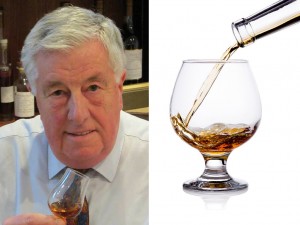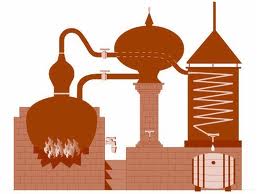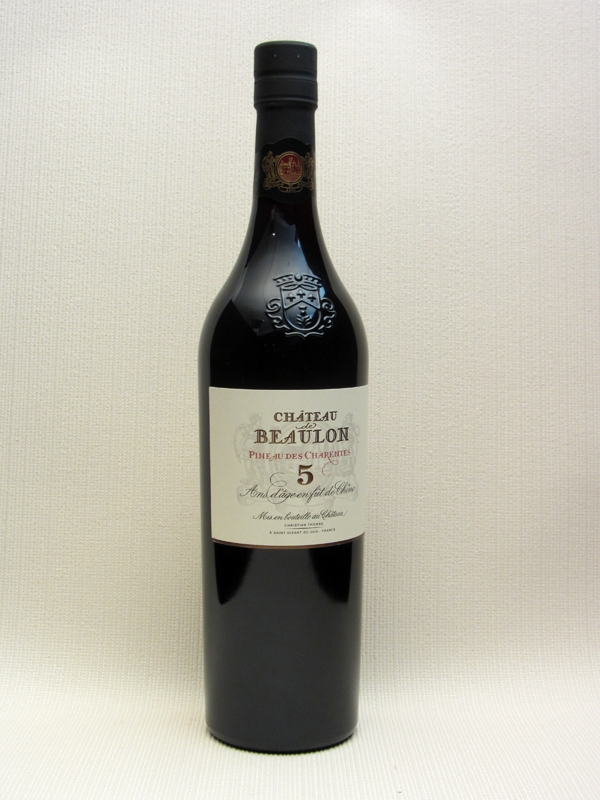Brandy Bottles
Glass containers and bottles are believed to have first been made around 1500 BC but serious use of containers made out of glass probably did not occur until around 100 BC. More practical applications for glass were established with the advent of glass blowing, probably around a thousand years later. Modern glass bottles are made in commercial moulds and most bottles that contain alcoholic beverages, including brandy bottles, are made of clear glass.
That however has not always been the case. The traditional brandy bottle started life as a green or, as in the case of cognac, black glass container. The dark colour may have been chosen to hide any sediment that had been left in the bottom of the barrel. Modern glass however is pure and bright which enhances the cognac in the bottle to the highest level. Today we use a wide range of such bottles, many of which are produced from recycled glass. Although the quality of the glass used varies considerably, we choose to buy all our bottles from Saverglass who have a large depot in Cognac.
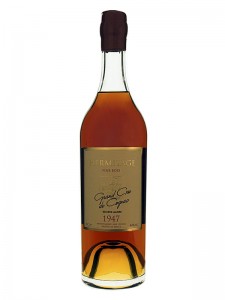 The size of early hand blown bottles often depended on the quantity of glass the blower had on his pipe and so the quantity each bottle held was largely guess work. It has now become tradition that the cognac bottle is an upright 70cl size but the volume only became metric in the mid-1950s. Before that, all spirits were measured in imperial measurements. Strangely, European spirit bottles are now all 70cl whereas in the USA they opt for the slightly larger wine bottle size of 75cl.
The size of early hand blown bottles often depended on the quantity of glass the blower had on his pipe and so the quantity each bottle held was largely guess work. It has now become tradition that the cognac bottle is an upright 70cl size but the volume only became metric in the mid-1950s. Before that, all spirits were measured in imperial measurements. Strangely, European spirit bottles are now all 70cl whereas in the USA they opt for the slightly larger wine bottle size of 75cl.
Today, there is a general consistency of bottle shapes having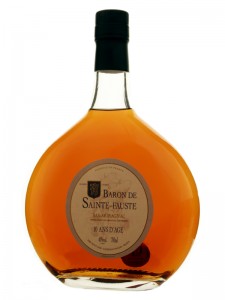 developed from region to region and beverage to beverage. For cognac the very basic upright bottle shape is known as the “Cognacaise”. At Hermitage, we use the “Exception” bottle but also a range of carafes to which many customers are attracted. The traditional bottle shape for armagnac is the “Basquaise” which is round with flat sides and for calvados the longer necked “Normandy” bottle is still generally supplied in bottle green.
developed from region to region and beverage to beverage. For cognac the very basic upright bottle shape is known as the “Cognacaise”. At Hermitage, we use the “Exception” bottle but also a range of carafes to which many customers are attracted. The traditional bottle shape for armagnac is the “Basquaise” which is round with flat sides and for calvados the longer necked “Normandy” bottle is still generally supplied in bottle green.
Read more Technical Topics on our Brandy Education page.

